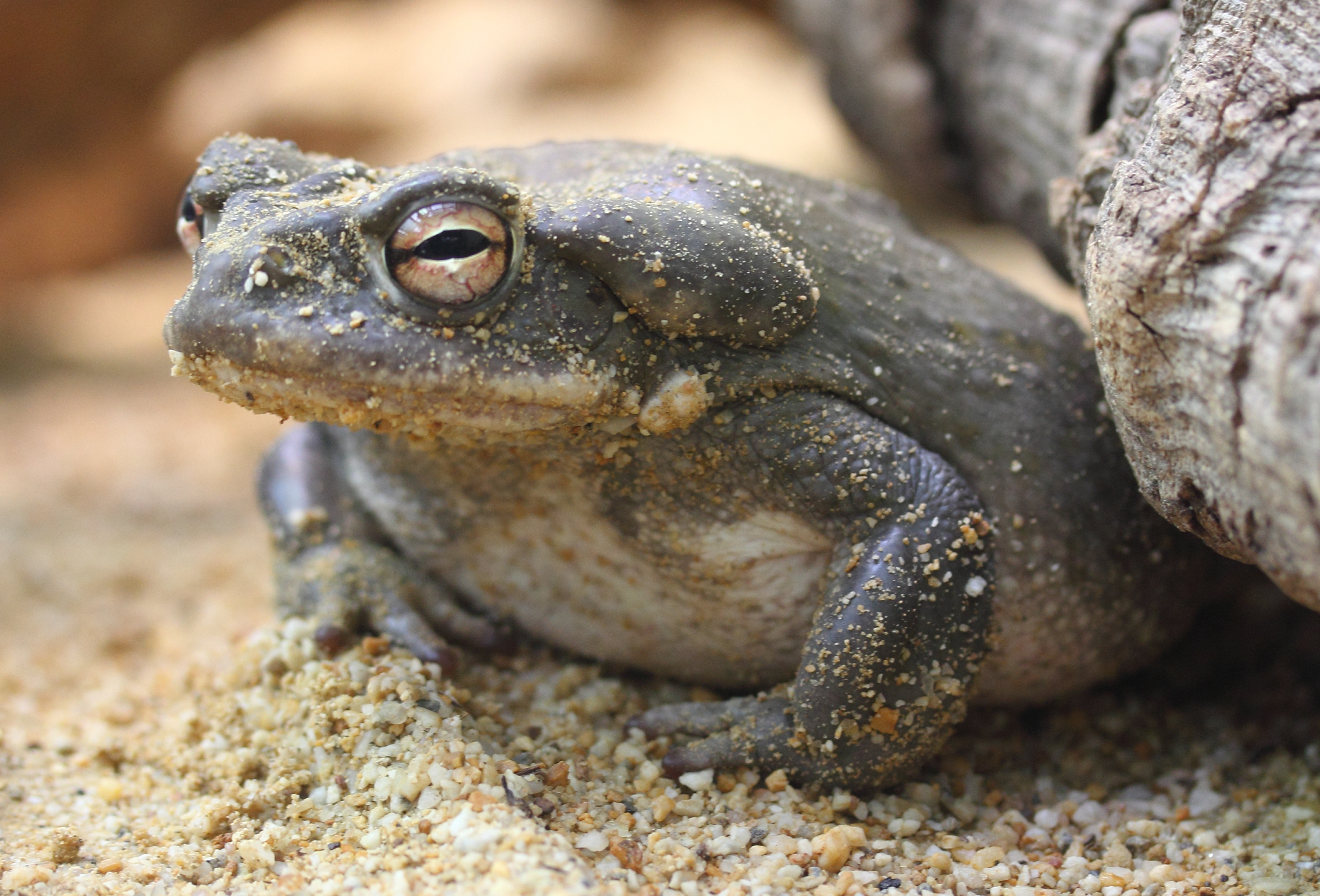
views
The Sonoran Desert Toad, also known as the Colorado River toad or “the toad,” emerges during the monsoon season in the Sonoran Desert, prompted by the first raindrops. Although not currently endangered, these toads face growing threats from climate change, human expansion, and pollution. However, a more immediate danger looms: poachers seeking a powerful psychotropic compound, 5-MeO-DMT, found in the toad’s body, as per a report by the National Geographic.
An Integral Part of the Desert Ecosystem
The Sonoran Desert toads are intrinsic to the region’s identity and ecosystem. Their unique presence, coexisting with the tall-armed saguaro cactus and the lumbering desert tortoise, represents the essence of the Sonoran Desert’s biodiversity. These toads play a crucial role in the delicate balance of the ecosystem by regulating insect populations and serving as a food source for various predators, Karen Peterson explains in the report.
But The Toad is Threatened Due to ‘5-MeO-DMT’
The Sonoran Desert toad’s parotid glands contain 5-MeO-DMT, a potent psychotropic compound known for its profound effects on human consciousness.

The allure of this naturally occurring substance has led to its recreational and profit-driven poaching, especially as it gains popularity among seekers of natural highs and spiritual experiences. Individuals seeking personal growth, emotional healing, or simply an otherworldly encounter are drawn to the transformative properties attributed to 5-MeO-DMT.
And the Poaching is a Violent Act
Poaching is an aggressive and harmful practice. Poachers seek 5-MeO-DMT by capturing Sonoran Desert toads, placing them in bags, and then extracting the intoxicating substance from their pea-sized glands on the neck through a process known as “milking.” The extracted substance is later dried and used for smoking or inhalation.
While milking the toads may not cause immediate physical harm, it does subject them to stress. Unfortunately, once taken from their natural habitats, it’s unlikely that these toads will find their way back home, raising concerns about their well-being, Peterson writes.
Robert Villa, advocating for the protection of these toads through the “Save the Toads” campaign, advises against poaching and suggests an alternative approach. He proposes that if people seek 5-MeO-DMT, they should consider collecting it from roadkill, as the substance is still usable. However, this suggestion is often met with resistance.

Andrew Weil, a respected figure in mind-body healing, expresses both amazement at the global interest in these toads’ psychedelic properties and horror at the indiscriminate gathering and poaching of the species. He reassures that synthetic versions of 5-MeO-DMT offer a similar experience, making the exploitation of living creatures unnecessary.
Interest in These Toads Can be Traced Back to 1960s
The fascination with Sonoran Desert toads and their psychoactive properties can be traced back to the 1960s when researchers first began exploring hallucinogenic substances, the report says. The interest resurged in the 1990s, and more recently, around 2017, the toad reemerged in the media spotlight. Robert Villa, president of the Tucson Herpetological Society, found himself reluctantly involved as a consultant on a Vice TV docuseries on hallucinogens.
Today, there are pricey retreats in Mexico, where 5-MeO-DMT is administered under controlled conditions for curative, emotional, spiritual, or recreational purposes. The testimonies of celebrities who have experienced the toad’s effects inspire others to embark on their own psychedelic journey.
5-MeO-DMT is legal in Mexico, where much of the poaching occurs. However, it is considered a Schedule 1 drug in the United States, classified as having a high potential for abuse and no currently accepted medical use. In Arizona, it is also illegal to collect the toads without a fish or game license. The tension between its potential therapeutic benefits and recreational misuse poses an ethical dilemma regarding the use of animal-derived substances.
All of This is Horrible for the Environment
Sonoran Desert toads are considered an “indicator species,” sensitive to environmental changes. Their unique adaptations to the desert environment make them invaluable in monitoring shifts in ecosystem health. The poaching of these toads, combined with habitat degradation and the global amphibian crisis, poses a significant threat to the species and the fragile desert ecosystem, as per the report. Moreover, an invasive fungus called Chytrid, spreading globally, could wipe out entire populations of these toads if introduced.
And All the While there is a Solution at Hand…
Experts suggest using synthetic versions of 5-MeO-DMT instead of poaching to protect the toads and preserve the integrity of the desert ecosystem. , as per the report. Synthetic compounds are comparable to natural ones and provide a more ethical alternative that avoids unnecessary harm to wildlife.



















Comments
0 comment